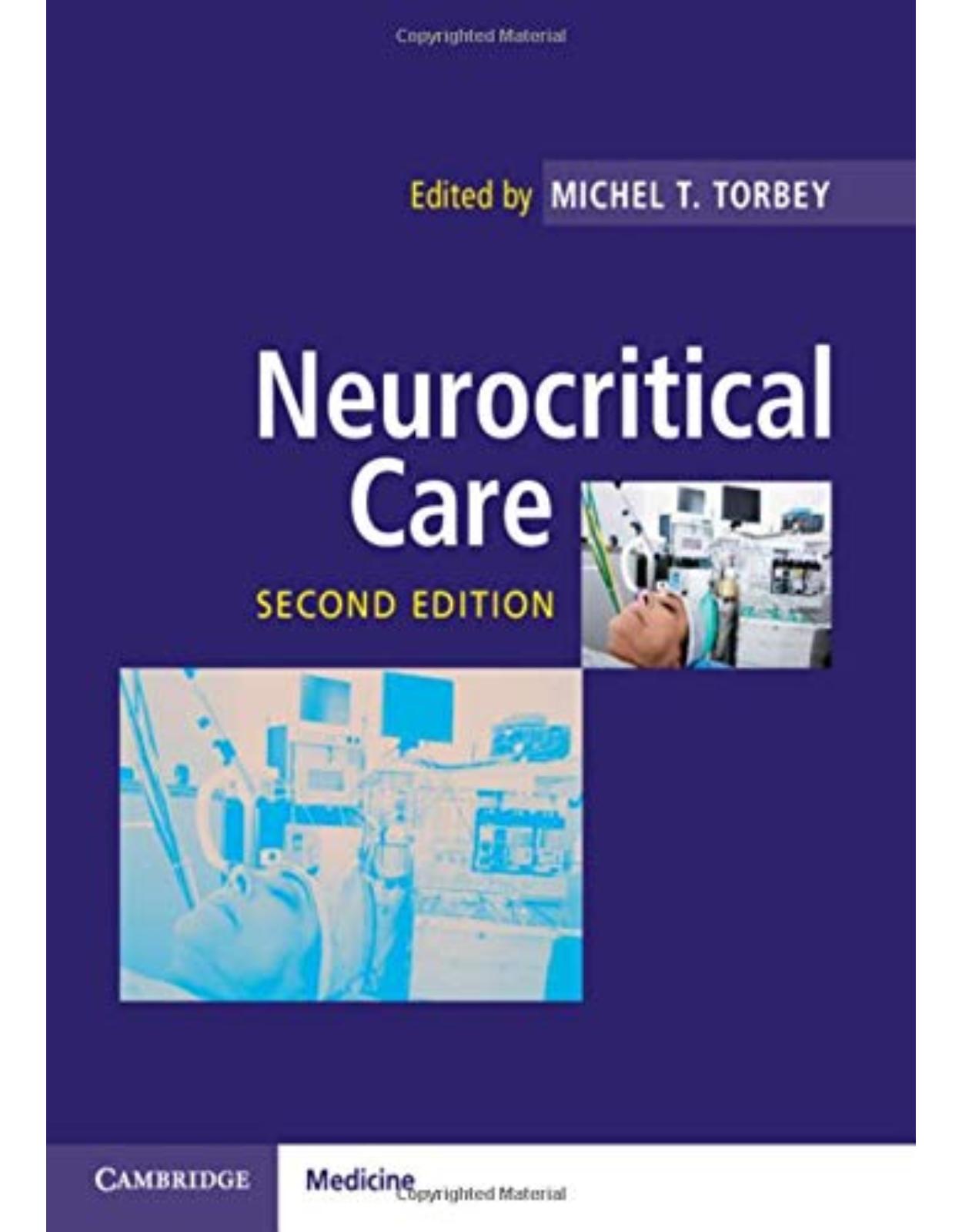
Neurocritical Care
Livrare gratis la comenzi peste 500 RON. Pentru celelalte comenzi livrarea este 20 RON.
Disponibilitate: La comanda in aproximativ 4 saptamani
Autor: Michel T. Torbey
Editura: Cambridge University Press
Limba: Engleza
Nr. pagini: 466
Coperta: Hardcover
Dimensiuni: 22.1 x 2.79 x 28.19 cm
An aparitie: 18 July 2019
Description:
A significant number of critically ill neurological and neurosurgical patients are still managed in the medical or surgical ICU by non-neurointensivists, who have a hard time appreciating the delicate needs of these patients. This dynamic guide reviews current topics facing neurocritical care providers in a straight-forward, structured, and practical way. Providing clear summaries in the management of neuro critical care conditions, this text allows for accessible, highly structured, and focused protocols for the assessment, day-to-day management, and treatment of critically ill patients in various ICU settings. This comprehensive, thorough guide to the management and treatment of neurologic and neurosurgical patients is an excellent companion for trainees preparing for the Neurovascular Boards, Neurologists, Neurosurgeons and critical care physicians, alike. Designed by leaders in their field, this thorough guide presents practical, state-of-the-art suggestions for physicians worldwide.
Table of Contents:
Chapter 1 The Neurological Assessment of the Critically Ill Patient
General Approach to the Neurological Assessment
Sedation
Delirium
Stupor and Coma
Assessing a Patient with Impaired Consciousness
1. Initial Stabilization
2. Initial Assessment
3. Focused Neurological Exam
GCS and FOUR Score
Respiratory Patterns
The Eye Exam
Brainstem Reflexes
Pupillary Responses
Eyelid and Corneal Reflexes
Oculocephalic Reflex
Oculovestibular (Caloric) Reflex
Gag and Cough Reflexes
Motor Responses
Assessing Neuromuscular Complications
Conclusion
References
Chapter 2 Cerebral Blood Flow Physiology and Metabolism in the Neurocritical Care Unit
Normal Physiology of Cerebral Blood Flow
Autoregulation
Relationship Between CBF and PaCO2
Cerebral Ischemia
CBF in Acute Ischemic Stroke
CBF in Intracerebral Hemorrhage
CBF in Subarachnoid Hemorrhage
CBF in Traumatic Brain Injury
Techniques for CBF Measurement
Fick Principle
Central Volume Principle
Thermal Diffusion
Transcranial Doppler (TCD)
Near-infrared Spectroscopy (NIRS)
References
Chapter 3 Cerebral Edema and Intracranial Pressure in the Neurocritical Care Unit
References
Chapter 4 Hypothermia in the Neurocritical Care Unit: Physiology and Applications
Introduction
Mechanism of Neuroprotection
Approach to Hypothermia
Clinical Applications of Hypothermia
Hypothermia and Cardiac Arrest
Hypothermia and Ischemic Stroke
Hypothermia and Intracerebral Hemorrhage
Hypothermia and Subarachnoid Hemorrhage
Hypothermia and Traumatic Brain Injury
Hypothermia and Spinal Cord Injury
Hypothermia and Status Epilepticus
Conclusions
References
Chapter 5 Analgesia, Sedation, and Paralysis in the Neurocritical Care Unit
Sedation
Indications for Sedation
Sedation Assessment
Subjective Assessment of Sedation and Agitation
Pharmacology of Selected Sedatives
Benzodiazepines
Midazolam (Versed)
Lorazepam (Ativan)
Diazepam (Valium)
Synergistic Sedation Regimens with Benzodiazepines
Propofol (2,6-Diisopropyl Phenol)
Propofol Infusion Syndrome (PRIS)
α2-Agonists
Dexmedetomidine (Precedex)
Clonidine (Catapres)
Neuroleptics
Haloperidol (Butyrophenone)
Droperidol (Inapsine)
Other Sedatives
Etomidate
Ketamine
Barbiturates
Diphenhydramine (Benadryl)
Recommendations
Delirium
Treatment of Delirium
Nonpharmacologic Strategies
Analgesia
Pain Assessment
Analgesic Agents
Opiates
Fentanyl (Sublimaze)
Remifentanil (Ultiva)
Morphine Sulfate
Hydromorphone (Dilaudid)
Oxycodone (Percocet, Percodan)
Codeine (Empirin #2,3,4; Tylenol #2,3,4)
Tramadol (Ultram)
Narcotics with Active Metabolites
Nonopiates
Ketamine
Local Anesthetics (Lidocaine, Bupivacaine, Others)
Acetaminophen (Tylenol)
Nonsteroidal Anti-Inflammatory Drugs (NSAIDs)
Ketoralac (Toradol)
Ibuprofen (Motrin)
Selective COX-2 Inhibitors
Drugs for Neuropathic Pain
Gabapentin
Neuromuscular Blockade
Indications
Pharmacology of Neuromuscular-Receptor Blockers
Aminosteroidal Compounds
Pancuronium
Pipecuronium
Vecuronium
Rocuronium
Benzylisoquinolinium Compounds
d-Tubocurarine
Atracurium
Cisatracurium
Doxacurium
Mivacurium
Recommendations for Monitoring Degree of Blockade
Potential Complications of Neuromuscular Blockade Use in the ICU
Prolonged Recovery from NMBAs
Acute Quadriplegic Myopathy Syndrome
Drug-Drug Interactions of NMBAs
References
Chapter 6 Airway Management and Mechanical Ventilation in the Neurocritical Care Unit
Introduction
General Airway and Ventilation Management Concerns
Airway Management
Indications for Intubation
Contraindications to (Elective) Intubation
Alternatives to Intubation
Preparation for Intubation
Preparation for Difficult Mask Ventilation and Difficult Airway Scenarios
Induction Medication Issues to Consider in the Neurocritically Ill
Intubation in the Setting of Elevated Intracranial Pressure
Intubation in the Setting of Impaired Cerebral Perfusion
Intubation of a Patient with an Unstable Cervical Spine
Reducing Peri-Intubation Risk
Neuromuscular Respiratory Failure
Preintubation Neurological Evaluation
Intubation
Approach to the Difficult Airway
Overview of Ventilation
Effects of Hyperventilation and Hypoventilation on Brain Physiology
Acidemic and Alkalemic Hypocarbia: Potential for Suppression of Spontaneous Hyperventilation
Purposeful Hyperventilation to Control Elevated ICP
Effects of Hyperoxia and Hypoxia on Brain Physiology
Noninvasive Ventilation
Acute Respiratory Distress Syndrome
Airway Pressure and Intracranial Pressure
Liberation from Mechanical Ventilation
Ventilator Weaning
Tracheostomy
Long-Term Ventilation
Summary
References
Chapter 7 Neuropharmacology in the Neurocritical Care Unit
Introduction
Sedatives
Opioid Analgesics
Benzodiazepines
Propofol
Dexmedetomidine
Antiepileptics
Seizure Prophylaxis
Traumatic Brain Injury (TBI)
Aneurysmal Subarachnoid Hemorrhage (aSAH)
AED Therapeutic Drug Monitoring and Drug-Drug Interactions
Fosphenytoin and Phenytoin TDM Targets
Total Concentrations of 10-20 μg/mL
Free (unbound) Concentrations of 1-2 μg/mL
Fosphenytoin and Phenytoin TDM Principles
Fosphenytoin and Phenytoin Drug-Drug Interactions
Phenobarbital TDM Target
Total Concentrations of 15-40 μg/mL
Sodium Valproate and Derivatives TDM Targets
Free (unbound) Concentrations of 1-2 μg/mL
Hyperosmolar Solutions
Antishivering Agents
Cerebral Vasospasm and Delayed Cerebral Ischemia
Systemic Therapies
Triple-H Therapy
Nimodipine
Nicardipine
Magnesium
Locally Administered Therapies
Alteplase
Nicardipine
Verapamil
Papaverine
References
Chapter 8 Intracranial Monitoring in the Neurocritical Care Unit
Introduction
Intracranial Pressure Monitoring
Brain Tissue Oxygen Monitoring
Cerebral Microdialysis
Regional Cerebral Blood Flow Monitoring
Jugular Bulb Saturation
Advanced Neuroimaging as a Neuromonitor
Clinical Algorithms for Monitoring in the Neurocritical Care Unit
Conclusion
References
Chapter 9 Electrophysiologic Monitoring in the Neurocritical Care Unit
Continuous Electroencephalography (CEEG) in the ICU
Detection of Nonconvulsive Seizures and Status Epilepticus
Convulsive Status Epilepticus
Subarachnoid Hemorrhage
Intracerebral Hemorrhage
Ischemic Stroke
Traumatic Brain injury (TBI)
Toxic Metabolic Encephalopathy
Hypoxic-Ischemic Injury
Duration of Monitoring
Monitoring of Ongoing Therapy
Ischemia Detection
Prognosis
Following Cardiac Arrest
Following Other Causes of Acute Brain Injury
What Should Be Treated?
Other Electrophysiologic Studies in the ICU
References
Chapter 10 The Role of Transcranial Doppler as a Monitoring Tool in the Neurocritical Care Unit
Introduction
Subarachnoid Hemorrhage: Detection of Vasospasm
Technical Aspects of TCD
Middle Cerebral Artery Vasospasm
Anterior Cerebral Artery Vasospasm
Internal Carotid Artery Vasospasm
Vertebral and Basilar Arteries Vasospasm
Complete TCD Examination with Lindegaard Ratio Determination
Distal Vasospasm Detection by TCD
TCD in Traumatic Brain Injury: Intracranial Pressure and Cerebral Perfusion Pressure
Brain Death
Assessment of CO2 Reactivity and Pressure Autoregulation
Acute Ischemic Stroke and Monitoring of Recanalization
Monitoring for Emboli
Carotid Endarterectomy and Carotid Artery Stenting
Summary
References
Chapter 11 Ischemic Stroke in the Neurocritical Care Unit
Introduction
What is a ''Severe'' Ischemic Stroke?
When Should a Patient with AIS be Placed in the NCCU?
Acute Assessment in the Emergency Room
Vital Functions
Relevant History
Neurological Exam
Grading the Deficit
Diagnostic Tests
Laboratory
Imaging
Bedside Monitoring
Acute Treatment of Early Ischemic Stroke
Supplementary Oxygen, Airway and Ventilation Management
Blood Pressure
Blood Glucose
Anticoagulation and Antiaggregation
Recanalization
Decision-Making According to Guidelines, Approval and Beyond
Intravenous Thrombolysis
Intra-Arterial Thrombolyis, Mechanical Thrombectomy
Peri-Interventional Care
General Aspects of Ischemic Stroke Management in the NCCU
Airway Management
Ventilation
Analgesia and Sedation
Gastrointestinal Tract
Fluid Status and Nutrition
Glucose Control
Hemoglobin Control
Deep Vein Thrombosis Prophylaxis
Anticoagulation
Infectious Disease Management
Blood Pressure Management
Temperature Management
Seizures
Management of Brain Edema and Raised Intracranial Pressure
Management of Specific Types of Ischemic Stroke
Large Hemispheric Infarction
Space-Occupying Cerebellar Stroke
Basilar Occlusion
Ischemic Stroke from Infective Endocarditis
References
Chapter 12 Intracerebral Hemorrhage in the Neurocritical Care Unit
Epidemiology and Risk Factors
Pathophysiology
Prognosis
Diagnosis
Management
Conclusion
References
Chapter 13 Management of Cerebral Venous Thrombosis in the Neurocritical Care Unit
Definition and Epidemiology
Definition
Incidence
Age and Sex
Risk Factors
Diagnosis
Clinical Manifestations of CVT
Imaging of the Brain and Venous Sinuses
Computed Tomography
Magnetic Resonance Imaging
Venography
Blood Tests and Other Imaging Studies
Triage and Prognosis
Triage
Prognosis
Treatment
Acute Management
Anticoagulation
Thrombolysis and Thrombectomy
Symptom Management
Intracranial Hypertension
Seizures
Treatment of Specific Conditions
Long-Term Management
Oral Anticoagulation
Pregnancy
Pharmacology
Heparin
Monitoring Schedule
Precautions
LMWH (enoxaparin)
Monitoring Schedule
Precautions
Warfarin
Monitoring Schedule
Precautions
References
Chapter 14 Subarachnoid Hemorrhage in the Neurocritical Care Unit
Epidemiology
Risk Factors
Clinical Presentation
Diagnosis
Prognostic Indicators
Pathophysiology/Etiology
Management and Treatment of SAH and its Complications
General Emergency and Critical Care Management
Recurrent Hemorrhage
Treatment of Increased Intracranial Pressure
Volume Status
Treatment of Seizures
Aneurysm Repair
Delayed Cerebral Ischemia
Monitoring for Delayed Cerebral Ischemia
Prevention of Delayed Cerebral Ischemia
Management of Delayed Cerebral Ischemia
Electrolyte Disturbances
Treatment of Medical Complications
Fever
Hyperglycemia
Anemia
Neurogenic Stunned Myocardium and Pulmonary Edema
Special Considerations for Angiogram-Negative Subarachnoid Hemorrhage
Trauma
Vertebral Artery Dissection
Missed Aneurysms
Dural and Spinal Arteriovenous Malformations
Mycotic Aneurysms
Pituitary Apoplexy
Perimesencephalic/Prepontine SAH
Future Perspectives
References
Chapter 15 Status Epilepticus in the Neurocritical Care Unit
Introduction
Epidemiology
Etiology
Classification of Status Epilepticus
Generalized Convulsive Status Epilepticus
Nonconvulsive Status Epilepticus
Refractory Status Epilepticus
Diagnostic Workup
Routine Workup
Telemetry
Selective workup
Management
Prehospital Treatment
Initial In-Hospital Treatment of Status Epilepticus and Prevention of Recurrence of Seizures
First-Line Therapeutic Agents: Benzodiazepines
Second-Line Agents
Phenytoin
Valproic Acid
Levetiracetam
Phenobarbital
Lacosamide
Advanced Management of Refractory Status Epilepticus
Midazolam
Propofol
Barbiturates
Ketamine
Other Antiepileptic Drugs
Ketogenic Diet
Inhaled Anesthetics
Steroids/Immunotherapy
Nonpharmacological Therapies
Hypothermia
Electroconvulsive Therapy
Surgery
Treatment Duration and Intensity
Complications
Prognosis and Outcome
References
Chapter 16 Neuromuscular Disorders in the Neurocritical Care Unit
Neuromuscular Respiratory Failure
Clinical Features
Anatomical Localization
Differential Diagnosis
Basic Principles of Management
Specific Neuromuscular Diseases Encountered in the Intensive Care Unit
Amyotrophic Lateral Sclerosis
Guillain-Barré Syndrome
Epidemiology
Pathophysiology
Clinical Features
Diagnosis
Treatment
Myasthenia Gravis
Pathophysiology
Clinical Features
Diagnosis
Treatment
Botulism
Critical Illness Neuromyopathy
References
Chapter 17 Management of Head Trauma in the Neurocritical Care Unit
Introduction
Epidemiology
Classification
Pathology and Pathophysiology
Primary Brain Injury
Blunt TBI
Contusions
Intracranial Hemorrhage
Diffuse Axonal Injury
Penetrating TBI
Blast Injury
Secondary Brain Injury
Cerebral Hemodynamics
Intracranial Hypertension
Macrovascular Dysfunction
Microvascular Dysfunction
Cell Energy Dysfunction
Clinical Evaluation and Diagnosis
Clinical Evaluation
Primary Survey
Secondary Survey
Laboratory Evaluation
Imaging
CT of the Head
Neck Imaging
Vascular Imaging
Management
Prehospital Care
Emergency Department Management
Herniation: Identify and Treat
Surgical Intervention
Surgery for Increased ICP
Intensive Care Unit Management
Organization of Care
Traumatic Brain Injury Guidelines
Neurocritical Care
Goals of Care
Monitoring
Airway Management
Oxygenation and Ventilation
Oxygen
Carbon Dioxide
Acute Lung Injury and Acute Respiratory Distress Syndrome
Blood Pressure and Fluid Status
Fluids
Hemoglobin Management
Coagulation
Intracranial Pressure
Indications for Invasive ICP Monitoring
Type of Monitor
Management of Increased ICP
Cerebral Perfusion Pressure
Multimodality Neuromonitoring and New Strategies of Care
Pharmacology in TBI Critical Care
Seizure Prophylaxis
Sedation, Analgesia and Paralytic Agents
Glucocorticoids
Stress Ulcer Prophylaxis
Prophylaxis Against Venous Thromoembolic Events
Venous Thrombolic Event Treatment
Fever and Temperature Control
Glucose Control
Sodium and Electrolytes
Blunt Cerebrovascular Injury
Vasospasm and Traumatic Aneurysms
Autonomic Dysregulation Syndrome
Nutritional Support
Secondary Surgical Procedures
Outcome and Outcome Prediction
Withdrawal of Care and Futility
References
Plates
Chapter 18 Management of Autoimmune Encephalitis in the Neurocritical Care Unit
Diagnostic Approach
Autoimmune Encephalitis Syndrome
Specific Autoimmune Encephalitis Syndromes
Anti-N-methyl-d-Aspartate Receptor Encephalitis
Diagnostic Workup
Serum and CSF Markers
Electroencephalography
Imaging
Tumor Screening
Clinical Outcome
Anti-α-Amino-3-Hydroxy-5-Methyl-4-Isoxazolepropionic Acid Receptor Encephalitis
Anti-γ-Aminobutyric Acid A Receptor Encephalitis
Anti-GABAB Receptor Encephalitis
Anti-LGI1 Limbic Encephalitis
Metabotropic Glutamate Receptor 5 (mGluR5) Antibody Syndrome
Overlap with Other Disorders
Cancer Investigation Workup
General and Critical Care Management
Conclusion
References
Chapter 19 Management of Cerebral Salt-Wasting Syndrome and Syndrome of Inappropriate Antidiuresis i
Introduction
Sodium and Fluid Regulation
Hyponatremia
Definition
Significance
Symptoms
Classification and Differential Diagnosis of Hyponatremia
Workup
Important Considerations in the Differential Diagnosis
Cerebral Salt-Wasting Syndrome
Definition and Causes
Pathophysiology
Syndrome of Inappropriate Antidiuresis
Definition and Causes
Pathophysiology
Differentiating CSW from SIAD
Treatment
General Principles
Specific Treatment of CSWS
Specific Treatment of SIAD
Special Patient Populations
Subarachnoid Hemorrhage
Traumatic Brain Injury
Conclusions
References
Chapter 20 Brain Death in the Neurocritical Care Unit
History
Definition
Clinical Evaluation
Etiology of Injury
Drugs and Toxins
Metabolic Derangements
Temperature
Blood Pressure
Neurological Examination
Coma
Brainstem Reflexes
Pupillary Light Response
Oculocephalic Reflex
Oculovestibular Reflex
Corneal Reflex
Gag and Cough Reflex
Other Reflexes
Motor Response
Apnea Testing
Ancillary Testing
Angiography
Conventional Angiography
Computed Tomography Angiography
Magnetic Resonance Angiography
Transcranial Doppler Ultrasound (TCD)
Cerebral Scintigraphy
Electroencephalography
Potential Misdiagnoses
Locked-in Syndrome
Acute Inflammatory Demyelinating Polyneuropathy (Guillain-Barré)
Hypothermia
Drug Intoxication
Organ Donation
References
Chapter 21 Neuroterrorism and Drug Overdose in the Neurocritical Care Unit
Introduction
General Management of Drug Overdose
Recreational Drug Abuse and Overdose
Cocaine
Heroin
Alcohol
Opioid Analgesics
Commonly Used Therapeutics in the NCCU
Phenytoin and Fosphenytoin
Heparin
Warfarin
Direct Thrombin Inhibitors
Barbiturates
Benzodiazepines
Tricyclic Antidepressants
Chemical and Biological Terrorism
Biological Agents
Anthrax
Botulinum Toxin
Q Fever
Smallpox
Venezuelan Equine Encephalitis
Tetrodotoxin
Other Agents
Chemical Agents
Organophosphates
Cyanide
Decontamination Principles after Known Chemical Agent Exposure
Conclusion
References
Chapter 22 Infections of the Central Nervous System in the Neurocritical Care Unit
Encephalitis
Viral Causes of Encephalitis
Herpes Simplex Virus Type 1
Background
Signs and Symptoms
Diagnostic Workup
Laboratory
Lumbar Puncture (LP)
Imaging
Other Testing
Therapy
Antivirals
Adjunct Therapies
Antiepileptics
Other Therapies
Prognosis
Varicella Zoster Virus
Background
Signs and Symptoms
Diagnostic Workup
Laboratory
Lumbar Puncture
Imaging
Therapy
Antivirals
Adjunct Therapies
Epstein-Barr Virus
Background
Signs and Symptoms
Diagnostic Workup
Laboratory
Imaging
Therapy
Antivirals
Epstein-Barr Human Herpes Virus Type 6
Background
Signs and Symptoms
Diagnostic Workup
Laboratory
Lumbar Puncture
Cytomegalovirus
Background
Signs and Symptoms
Diagnostic Workup
Laboratory
Lumbar Puncture
Imaging
Therapy
Enteroviruses
Background
Signs and Symptoms
Diagnostic Workup
Laboratory
Lumbar Puncture
Imaging
Therapy
Arboviruses
St. Louis Virus
Background
Signs and Symptoms
Diagnostic Workup
Laboratory
Lumbar Puncture
Serum Testing
Imaging
Therapy
West Nile Virus
Background
Signs and Symptoms
Diagnostic Workup
Laboratory
Lumbar Puncture
Serum Testing
Imaging
Therapy
Prognosis
Tick-Borne Encephalitis Virus
Background
Signs and Symptoms
Diagnostic Workup
Laboratory
Lumbar Puncture
Serum Testing
Imaging
Therapy
Influenza Virus
Background
Signs and Symptoms
Diagnostic Workup
Laboratory
Lumbar Puncture
Imaging
Therapy
Prognosis
JC Virus
Background
Signs and Symptoms
Diagnostic Workup
Laboratory
Lumbar Puncture
Imaging
Therapy
Bacterial Causes of Encephalitis
Bartonella
Background
Signs and Symptoms
Diagnostic Workup
Laboratory
Lumbar Puncture
Serum Testing
Other Testing
Therapy
Prognosis
Legionella
Background
Signs and Symptoms
Diagnostic Workup
Laboratory
Lumbar Puncture
Imaging
Other Testing
Therapy
Mycoplasma
Background
Signs and Symptoms
Diagnostic Workup
Laboratory
Lumbar Puncture
Serum Testing
Imaging
Therapy
Prognosis
Meningitis
Viral Causes of Meningitis
Bacterial Causes of Meningitis
Background
Signs and Symptoms
Diagnostic Workup
Laboratory
Lumbar Puncture
Serum Testing
Other Testing
Imaging
Specific Pathogens
Streptococcus pneumoniae
Haemophilus influenza
Neisseria meningitides
Listeria monocytogenes
Streptococcus agalactiae
Streptococcus pyogenes
Staphylococcus aureus
Other Pathogens
Therapy
Empiric Antibiotics
Adjunct Therapies
Prognosis
Fungal Causes of Meningitis
Cryptococcus
Background
Signs and Symptoms
Diagnostic Workup
Laboratory
Lumbar Puncture
Imaging
Therapy
Antifungals
Adjunct Therapies
Prognosis
Candidiasis
Background
Signs and Symptoms
Diagnostic Workup
Laboratory
Lumbar Puncture
Imaging
Therapy
Aspergillosis
Background
Signs and Symptoms
Diagnostic Workup
Laboratory
Lumbar Puncture
Imaging
Therapy
Zygomycosis
Background
Signs and Symptoms
Diagnostic Workup
Laboratory
Lumbar Puncture
Imaging
Therapy
Prognosis
Coccidioidomycosis
Background
Signs and Symptoms
Diagnostic Workup
Laboratory
Lumbar Puncture
Imaging
Therapy
Prognosis
Histoplasmosis
Background
Signs and Symptoms
Diagnostic Workup
Laboratory
Lumbar Puncture
Serum Testing
Other Testing
Imaging
Therapy
Prognosis
Mycobacterial Causes Of Meningitis
Background
Signs and Symptoms
Diagnostic Workup
Laboratory
Lumbar Puncture
Imaging
Other Testing
Therapy
Antibiotics
Adjunct Therapies
Prognosis
Central Nervous System Abscess
Signs and Symptoms
Bacterial Causes of Cerebral Abscess
Background
Diagnostic Workup
Laboratory
Imaging
Chest CT or Chest Radiograph
Other Testing
Specific Pathogens
Therapy
Antibiotics
Adjunct Therapies
Surgical Intervention
Fungal Causes of Cerebral Abscess
Spinal Epidural Abscess
Background
Signs and Symptoms
Diagnostic Workup
Laboratory
Lumbar Puncture
Serum Testing
Imaging
Etiologies
Therapy
Surgery
Antibiotics
Prognosis
Subdural Empyema
Background
Signs and Symptoms
Diagnostic Workup
Laboratory
Lumbar Puncture
Serum Testing
Imaging
Other Testing/Culture
Therapy
Surgery
Antibiotics
Prognosis
Ventricular Catheter Infections
Extraventricular Drain Infections
Background
Signs and Symptoms
Diagnostic Workup
Laboratory
Lumbar Puncture
Serum Testing
Imaging
Pathogens
Therapy
Surgery
Antibiotics
CSF Shunt Infections
Background
Signs and Symptoms
Diagnostic Workup
Laboratory
Lumbar Puncture
Serum Testing
Imaging
Therapy
Surgery
Antibiotics
References
Chapter 23 Management of the Spinal Cord Injury in the Neurocritical Care Unit
Epidemiology
Traumatic
Nontraumatic
Diagnosis
Physical Exam
Imaging
Pathophysiology
Traumatic SCI
Nontraumatic SCI
Complications
Cardiovascular
Respiratory
Genitourinary
Gastrointestinal
Hematological
Integument
Conclusion
Acknowledgement
References
Chapter 24 Postoperative Management in the Neurocritical Care Unit
General Considerations
Admission to NICU and Peri-operative Handoff
Neurological Assessment
Intracranial Pressure Control and Multimodal Monitoring
Hemodynamic Control
Fluid Balance
Maintenance Fluids
Electrolytes
Glucose Control
ICU Prophylaxis
Postoperative Fever
Subarachnoid Hemorrhage
Patient Grading
Decreasing the Risk of Rerupture of the Aneurysm
NICU Management after Endovascular Aneurysm Coiling
Vasospasm Assessment and Treatment
Carotid Endarterectomy and Carotid Stenting
Antiplatelet Agents
Blood Pressure Management and Cardiac Function
Ischemic and Hemorrhagic Stroke
Cerebral Hyperperfusion Syndrome (Normal Pressure Hyperperfusion Breakthrough)
Nerve Injury
Wound Hematoma
Craniotomy for Supratentorial Tumors
Postoperative Edema
Antiepileptics
Postoperative Imaging
Hemorrhage
Cerebral Edema
Pneumocephalus
Seizures
Posterior Fossa Craniectomy for Tumor
Cranial Nerve Injuries
Hydrocephalus
Cerebrospinal Fluid Fistula
Craniotomy for Resection of an Arteriovenous Malformation
Trans-Sphenoidal Pituitary Resection
Diabetes Insipidus
Cerebrospinal Fluid Rhinorrhea
Visual Deterioration and Ophthalmoplegia
Vascular Injury
Epilepsy Surgery
Anterior Temporal Lobectomy
Corpus Callosotomy
Deep Brain Stimulation
Conclusion
References
Chapter 25 Ethical Considerations in the Neurocritical Care Unit
Introduction
Medical Ethics
What's Ethical?
Assessing Decision-Making Capacity in the Neuro-ICU
Informed Consent
Decision-Making and Competency
Disclosure
Understanding
Voluntariness
Alternative Methods to Obtain Consent in Critically Ill Patients without Decision-Making Capacity
Advance Directive or Living Will
Substituted Judgment Standard
Best Interest Standard
The Principle of ''Clear And Convincing Evidence''
End-of-Life
Is There a Difference between Withdrawing and Withholding?
Applying Ethical Principles for Human Research in the ICU
Consent for Research by the Patient's Legally Authorized Representative
Consent for Research by the Patient's Legally Authorized Surrogate
Deferred and Waiver of Consent for Research in Emergency Situations
Should We Require Consent for Research in Critically Ill Patients?
Should We Exclude Critically Ill Patients Who Lack Decision-Making Capacity from Clinical Research?
Opt-Out Approach
References
Chapter 26 Pulmonary Consult: Management of Severe Hypoxia in the Neurocritical Care Unit
Introduction
Pulmonary Vascular Disease
Patent Foramen Ovale/Shunt
Obstructive Lung Disease
Acute Lung Injury and Acute Respiratory Distress Syndrome
Berlin Criteria (Emphasis on Staging of Severity)
The Implications of Clinical Management on the Berlin Definition
Lung Injury Score
Epidemiology of Severe Hypoxemia in General ICU Populations (Table 26.3)
Epidemiology of ARDS in Acute Stroke
Epidemiology of ARDS in Traumatic Brain Injury
Usual Care Management of Severe Hypoxemia
Current Standards
Low Tidal Volume
Alternative Ventilator Modes
Sedative Approaches
Propofol
Dexmedetomidine
Fluid Management
Bronchoscopic and Procedural Considerations
Severe Hypoxemia Management Strategies (Figure 26.3)
Prone Positioning
The Role of Neuromuscular Blockers
High-Frequency Oscillatory Ventilation
Inhaled Vasodilators
Steroids
Extracorporeal Life Support
Concerns for NCC Patients
ICP Elevation
Neurogenic Pulmonary Edema
Special Considerations for COPD
Special Considerations for Venous Thromboembolism
Recommendations for the Prevention of VTE
References
Chapter 27 Management of Refractory Arrhythmias in the Neurocritical Care Unit
Introduction
Presentation
Pathophysiology
Onset and Predictors of Arrhythmias
Specific Rhythm Abnormalities
Narrow Complex Arrhythmias
Atrial Fibrillation
Etiology
Clinical Manifestations
Diagnosis
Acute Treatment
Long-Term Treatment
Anticoagulation
Summary
Atrial Flutter
Sinus Tachycardia and Bradycardia
Atrial Tachycardia
AV Nodal Re-Entry Tachycardia
Orthodromic AVRT
Wolff-Parkinson-White Syndrome
Multifocal Atrial Tachycardia
Premature Atrial Complexes
AV Junctional Tachycardia
Summary of Narrow Complex Tachycardias
Wide Complex Tachycardias
Ventricular Tachycardia
Torsades de Pointes
Premature Ventricular Complexes
Accelerated Idioventricular Rhythm
Ventricular Fibrillation
Management of Wide Complex Tachycardia
Conduction Blocks
First-Degree AV Block
Second-Degree AV Block
Complete AV Block
Permanent Pacemakers
Outcomes with Rhythm Disturbances
Summary
References
Chapter 28 An Infectious Diseases Consult in the Neurocritical Care Unit
Workup of Fever in the ICU
Management of Common Infections
Pneumonia
Intravascular Catheter-Related Infections
Clostridium difficile Colitis
Urinary Tract Infections
Sepsis
Infection Control
References
Chapter 29 A Nephrology Consult in the Neurocritical Care Unit
Acute Kidney Injury
Definition of Acute Kidney Injury
AKIN Criteria for AKI
RIFLE Criteria for AKI
Chronic Kidney Disease
AKI Etiology
Symptoms of AKI
Diagnostic Approach to AKI
Initial Management of AKI
Ongoing Management of AKI
Blood Pressure/Intravascular Volume
Nutrition/Uremic Toxin Generation
Nephrotoxin Avoidance/Pharmacologic Monitoring
Electrolyte Disorders
Potassium Disorders
Hypokalemia
Approach to Hypokalemia
Principles of Therapy
Hyperkalemia
Approach to Hyperkalemia
Treatment of Hyperkalemia
Hypercalcemia
Hypocalcemia
Hypermagnesemia
Hypomagnesemia
Acid-Base Disorders
Metabolic Acidosis
Normal Compensation in Metabolic Disorders
Metabolic Alkalosis
Renal Replacement Therapy
Description of the Procedure
Choice of Modality
Vascular Access for Dialysis
Indications for Dialysis
Hyperkalemia
Volume Overload
Uremic Syndrome
Toxic Ingestions
Metabolic Acidosis
Special Considerations for Renal Failure in the Neurocritical Care Patient
Intracranial Hypertension
Sodium Management
Coagulopathy
Radiocontrast Imaging
References
Chapter 30 Management of Hepatic Encephalopathy in the Neurocritical Care Unit
Introduction
Pathophysiological Considerations
HE in Acute Liver Failure
HE in Cirrhosis and Chronic Porto-Systemic Shunting
HE in Acute on Chronic Liver Failure
Diagnosis
Approach to Management
HE in Acute Liver Failure
HE in Cirrhosis
Reduction of Intestinal Production and Systemic Absorption of Ammonia
Increased Systemic Metabolism of Ammonia
Inhibition of Benzodiazepine Receptors
Reduction of False Neurotransmitter Levels
HE in Chronic Portal-Systemic Shunting
HE in Acute on Chronic Liver Failure (ACLF)
Therapeutic Implications of the Emerging Concept of a Disturbed Gut Microbiome as a Contributor to A
References
Chapter 31 Hypoxic Encephalopathy in the Neurocritical Care Unit
Pathophysiology
Clinical Features and Diagnosis
Management
Prehospital and Initial Management
Induction of Therapeutic Hypothermia
Management in the Intensive Care Unit
Management of Rewarming, Shivering, Sedation, and Analgesia
Organ-Specific Management Strategies
Central Nervous System
Cardiovascular Management
Mechanical Ventilation
Renal, Endocrine, Hematologic, and Gastrointestinal Management
Prognostication
References
Chapter 32 Management of Delirium in the Neurocritical Care Unit
Epidemiology of Delirium
Definition of Delirium
Delirium Subtypes
Screening for Delirium
Pathophysiology of Delirium
Diagnostic Evaluation
Management of Delirium
Primary Prevention of Delirium
Identification of Patients at High Risk of Developing Delirium
Delirium Prevention
Pharmacological Treatment of Delirium
Conclusion
References
Chapter 33 Generalized Weakness in the Neurocritical Care Unit
Introduction
Causes of Generalized Weakness in the ICU
Evaluation of Generalized Weakness in the ICU
History
Clinical Examination
General Examination
Neurological Examination
Differential Diagnosis
Disorders of the Central Nervous System
Spinal Cord Injury
Structural Lesions in the Central Nervous System
Disorders of the Anterior Horn Cells
Amyotrophic Lateral Sclerosis
Acute Poliomyelitis
West Nile Virus
Hopkin's Syndrome
Disorders of the Peripheral Nerves
Guillain-Barré Syndrome
Chronic Inflammatory Demyelinating Polyneuropathy
Critical Illness Polyneuropathy
Multifocal Motor Neuropathy
Compressive Neuropathies
Porphyria
Vasculitic Neuropathy
Disorders of the Neuromuscular Junction
Myasthenia Gravis
Lambert-Eaton Myasthenic Syndrome
Botulism
Prolonged Neuromuscular Blockade
Disorders of the Muscle
Critical Illness Myopathy
Rhabdomyolysis
Other Muscle Diseases
Conclusion
References
Chapter 34 Management of Severely Brain-Injured Patients Recovering from Coma in the Neurocritical C
Introduction
Disorders of Consciousness
Definition
Differential Brain Activity
Diagnosis and Consciousness Assessment
The Glasgow Coma Scale
The Full Outline of UnResponsiveness Scale
The Coma Recovery Scale
The Nociception Coma Scale
Prognosis
Treatment
Patients with Covert Cognition
Conclusion
Acknowledgments
References
Chapter 35 Acute Demyelinating Disorders in the Neurocritical Care Unit
Introduction
Acute Inflammatory Demyelinating Diseases
Acute Disseminated Encephalomyelitis
Clinical Presentation
Diagnosis
Treatment and Management
Acute Multiple Sclerosis (Marburg Variant)
Neuromyelitis Optica (Devic Disease)
Clinical Presentation
Diagnosis
Treatment and Management
Tumefactive Multiple Sclerosis
Diagnosis
Treatment and Management
Balo Concentric Sclerosis
Differential Diagnosis
Heroin-Associated Spongiform Leukoencephalopathy
Clinical Presentation
Diagnosis
Treatment and Management
Central Pontine Myelinolysis
Clinical Presentation
Diagnosis
Treatment and Management
Progressive Multifocal Leukoencephalopathy
Clinical Presentation
Diagnosis
Treatment and Management
Emergency Complications
References
Chapter 36 Building a Case for a Neurocritical Care Unit
Introduction
ICU and NICU models
Outcomes in NICU Patient Populations
NICU and Ischemic or Hemorrhagic Stroke
NICU Outcomes in Traumatic Brain Injury (TBI)
NICU and Status Epilepticus
NICU Documentation
NICU Financial Cost-Benefit
Conclusion
References
Chapter 37 Neurointensive (NCCU) Care Business Planning
Introduction
Developing a Business Plan
Overview
Business Plan Details
Executive Summary
Description of Initiative/Program/Product/Service
Mission and/or Vision Statement
Strategic Rationale
Market Analysis
Resource Requirements
Financial Plan
Milestones and Metrics
Risks and Contingencies
Summary
Appendix
Financial Commitment
Presenting to Administration
Billing and Revenue Models
Research Integration
Neurointensive Care Unit Models
The Joint Commission's Comprehensive Stroke Certification
Building an Advanced Practice Provider Intensive Care Model
Staffing
Summary
References
Further Reading
Index
| An aparitie | 18 July 2019 |
| Autor | Michel T. Torbey |
| Dimensiuni | 22.1 x 2.79 x 28.19 cm |
| Editura | Cambridge University Press |
| Format | Hardcover |
| ISBN | 9781107064959 |
| Limba | Engleza |
| Nr pag | 466 |

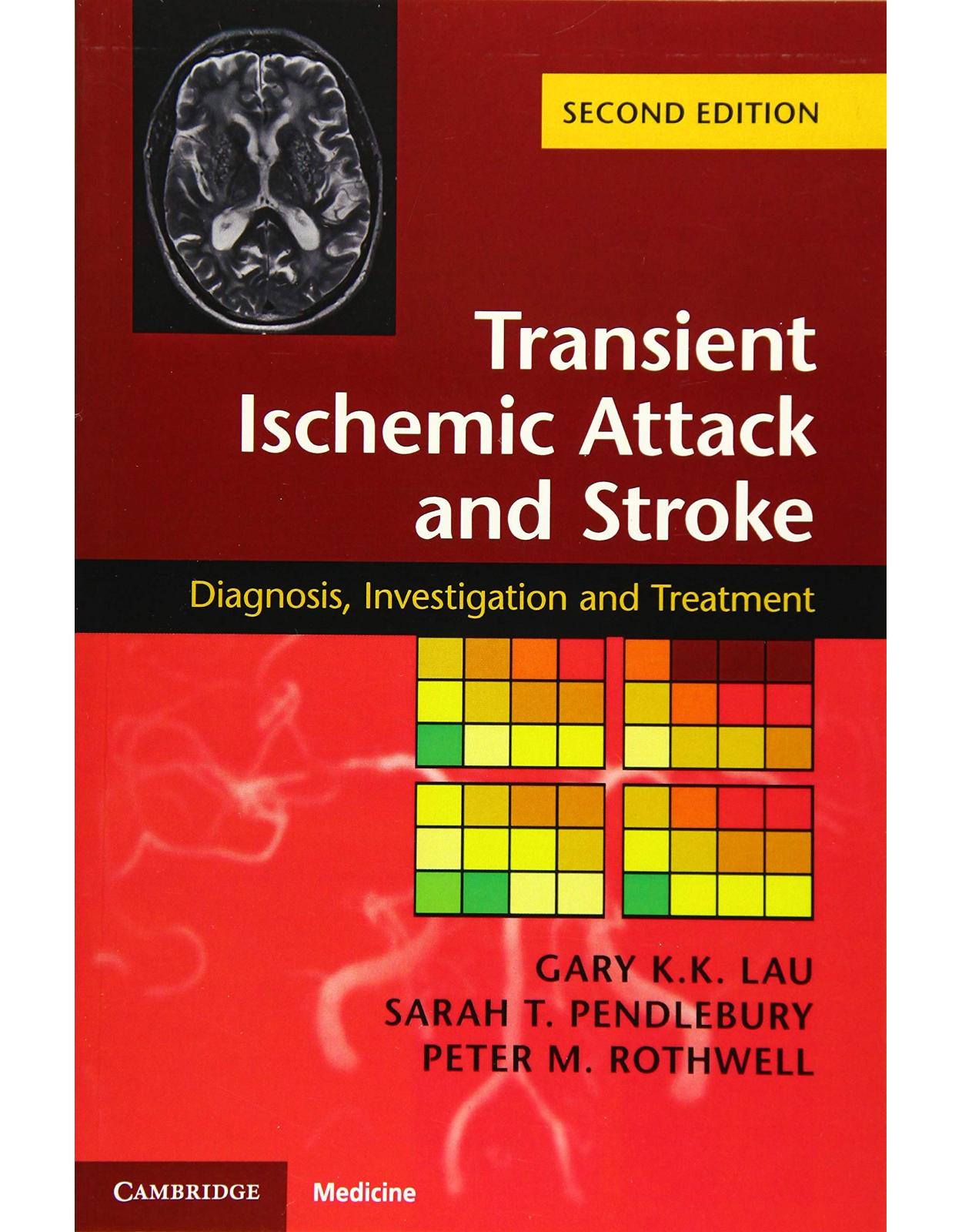
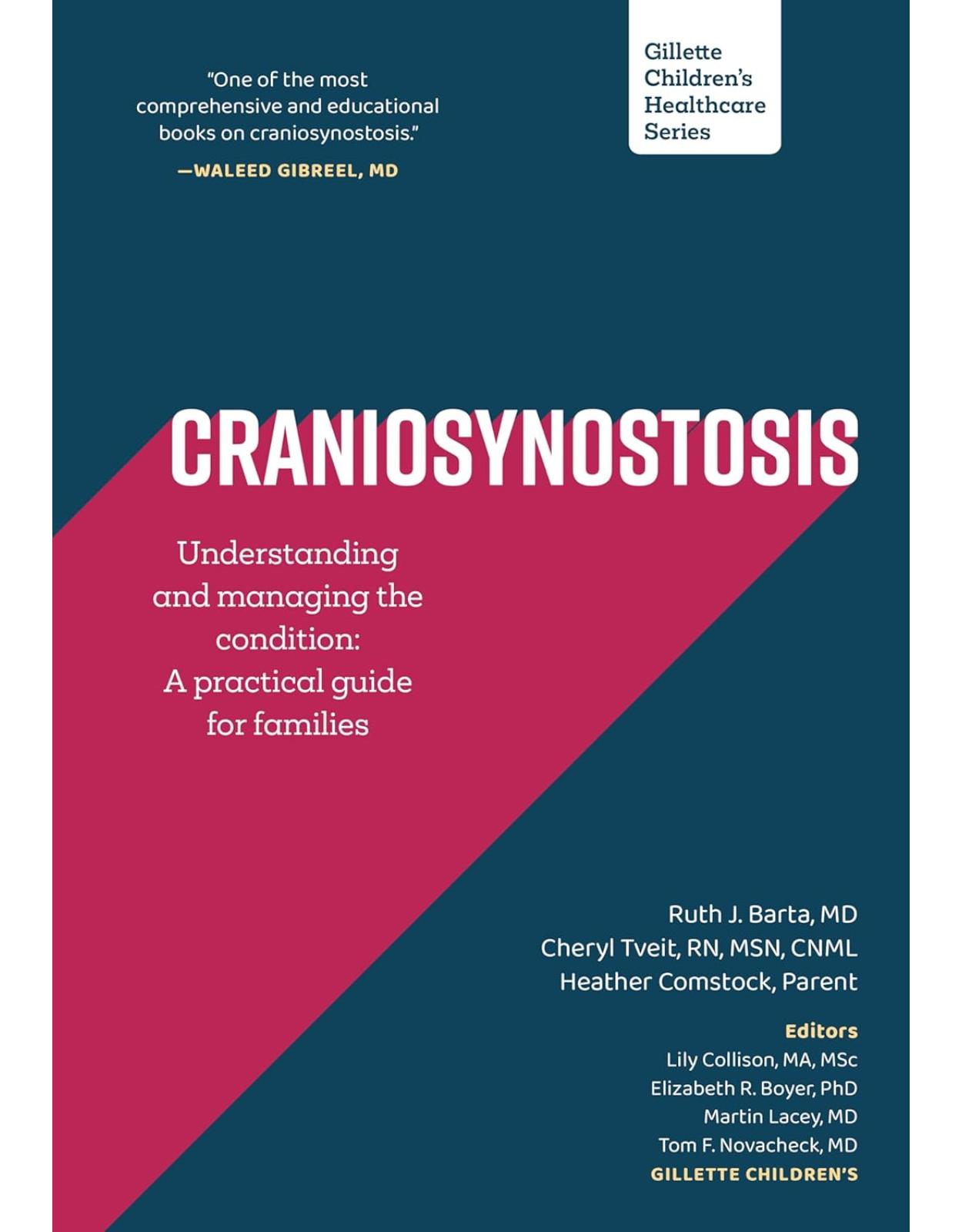
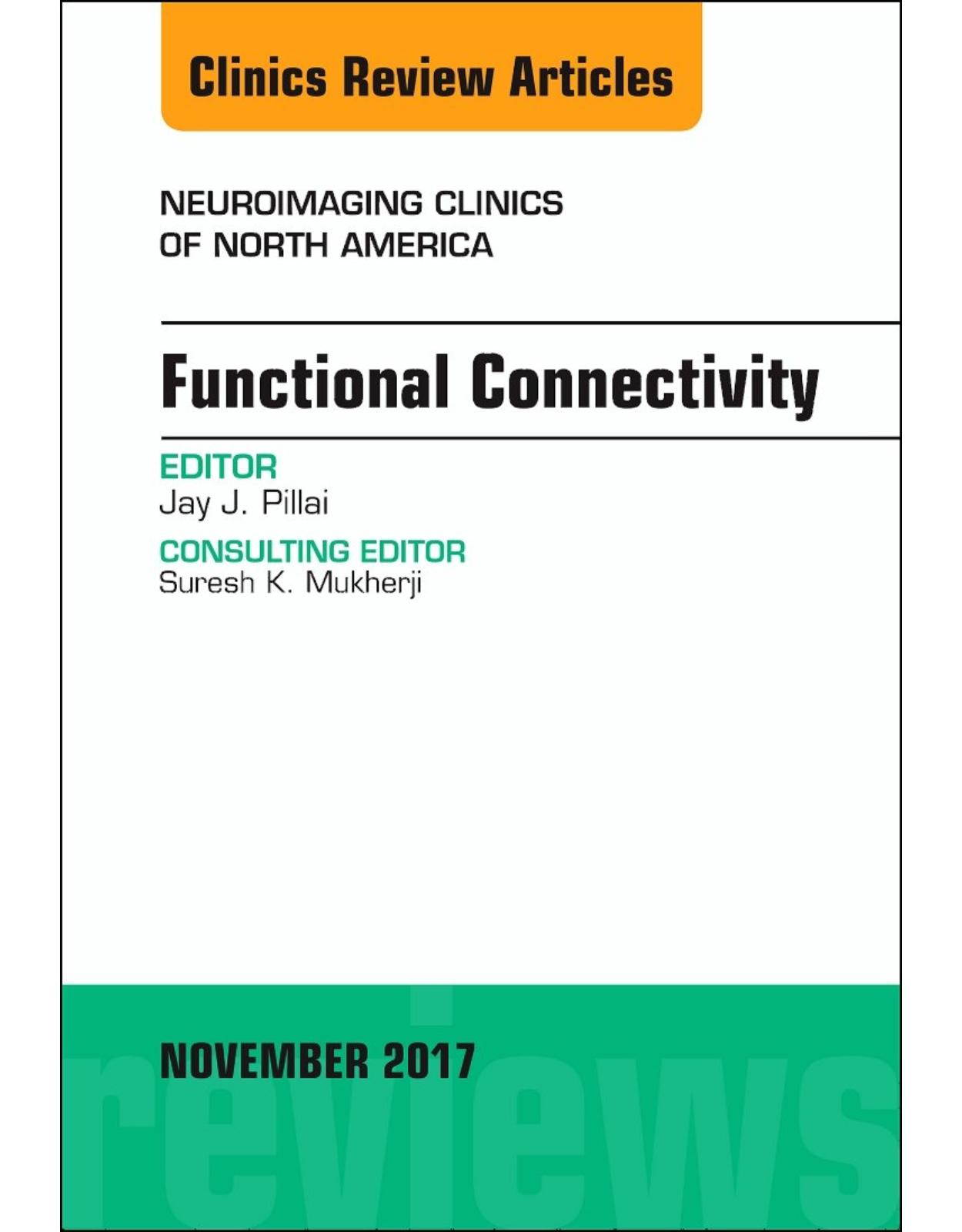
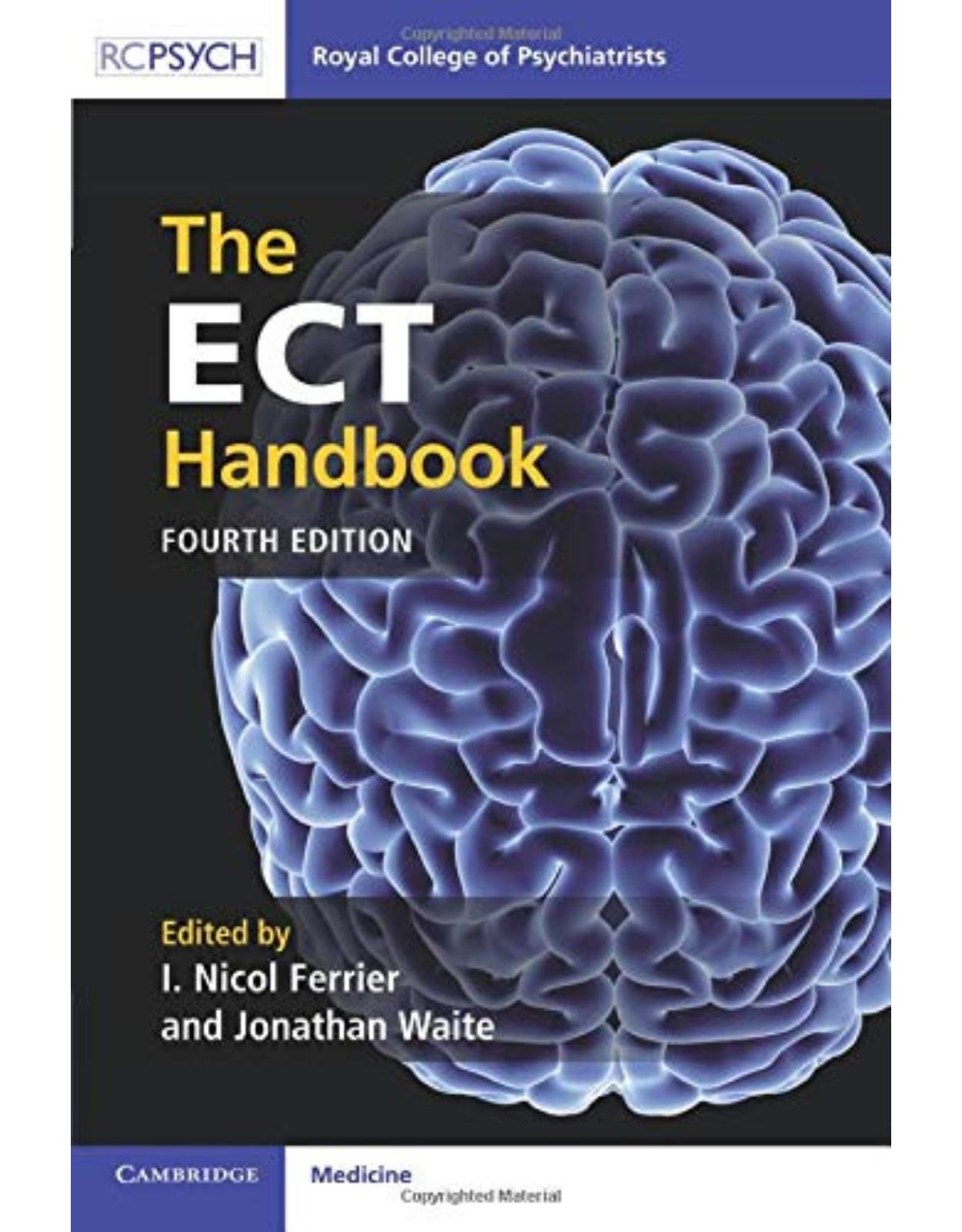
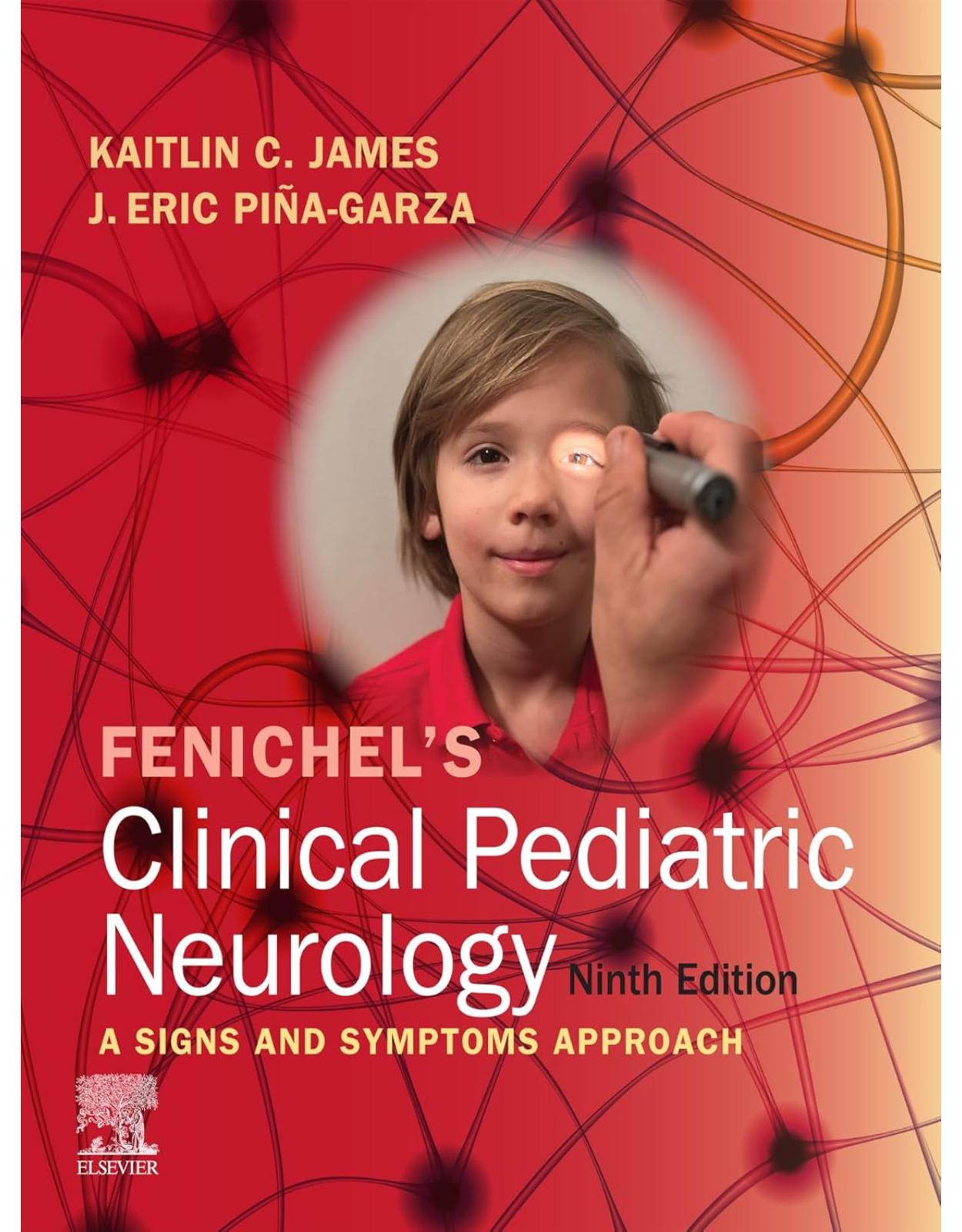
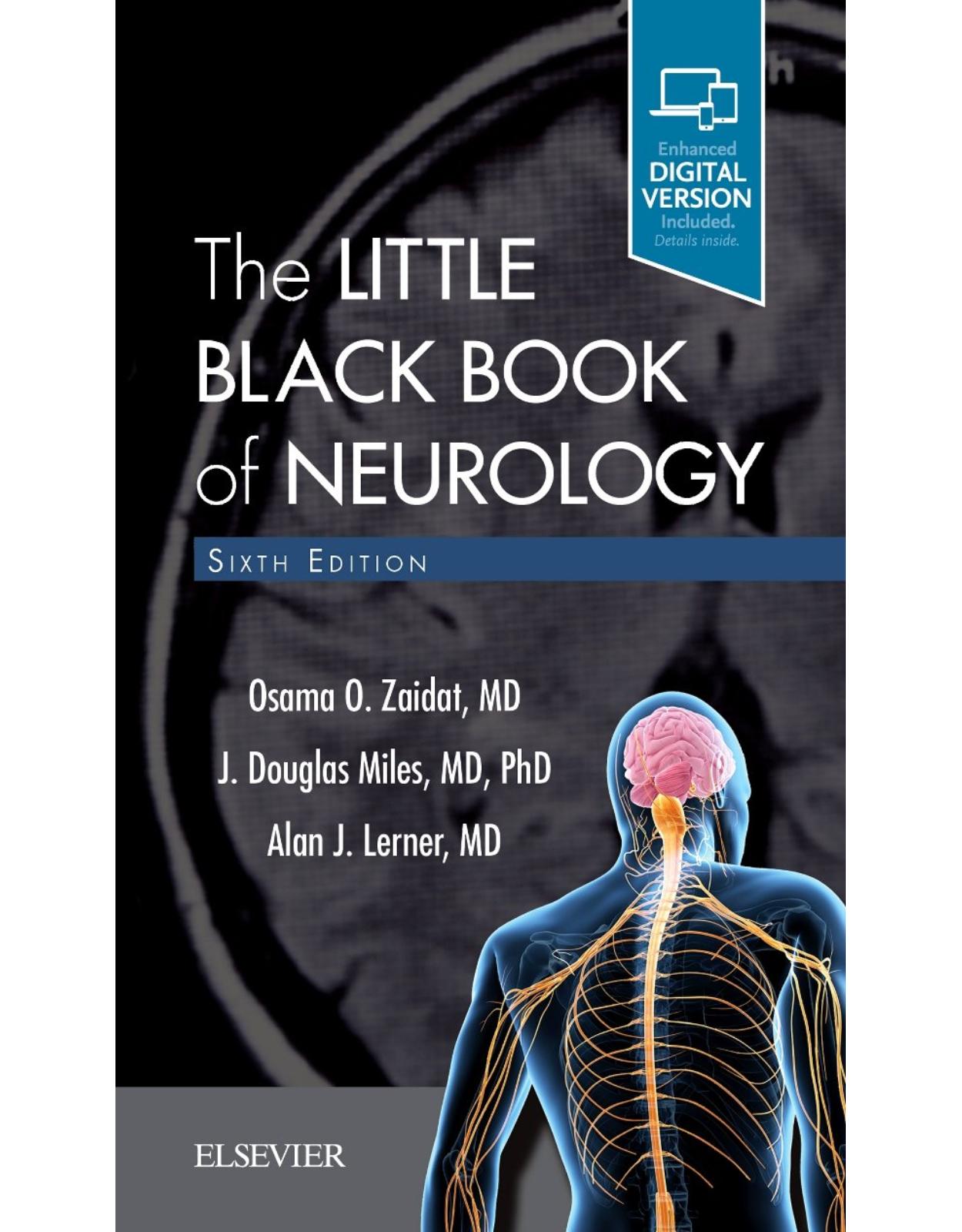
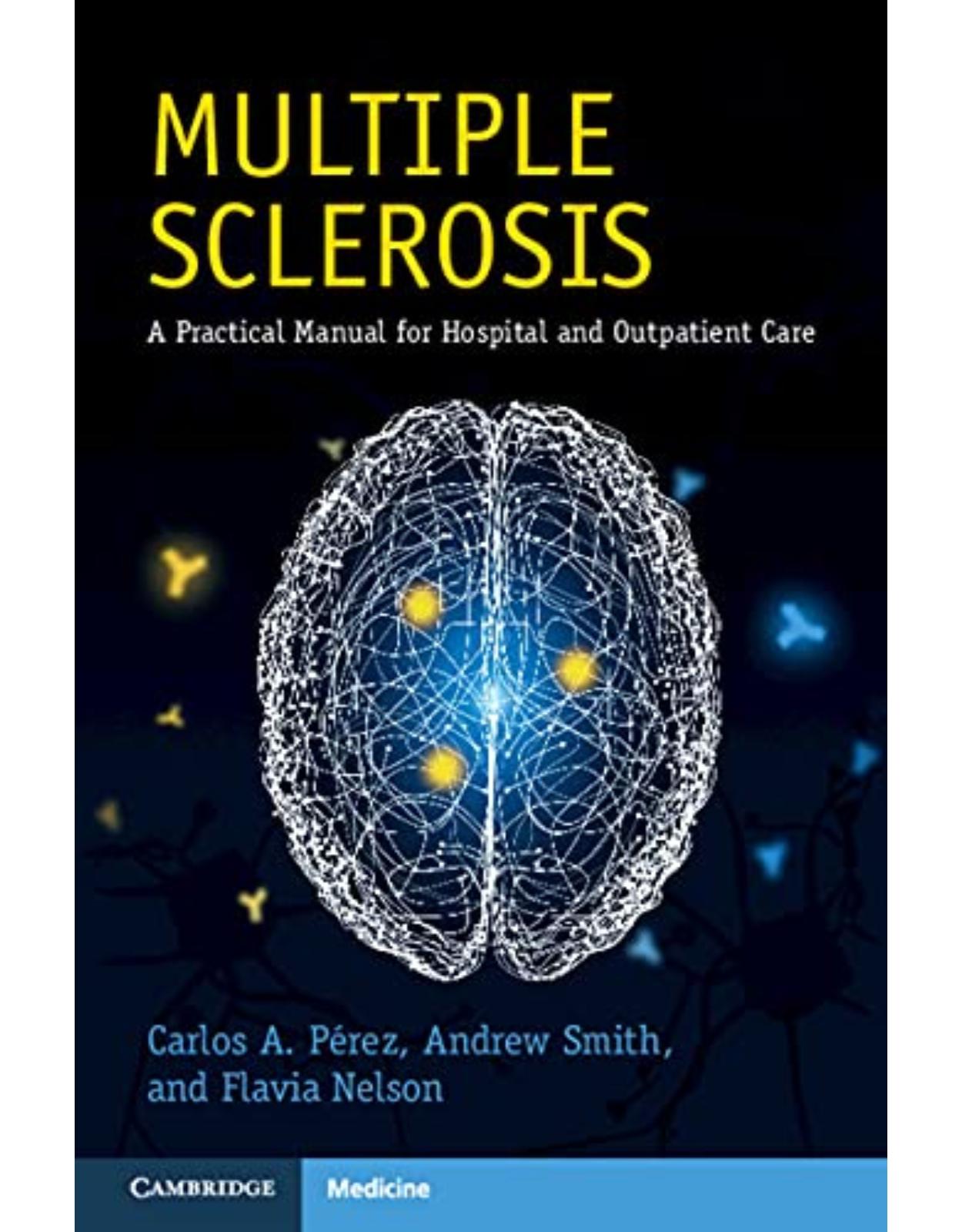

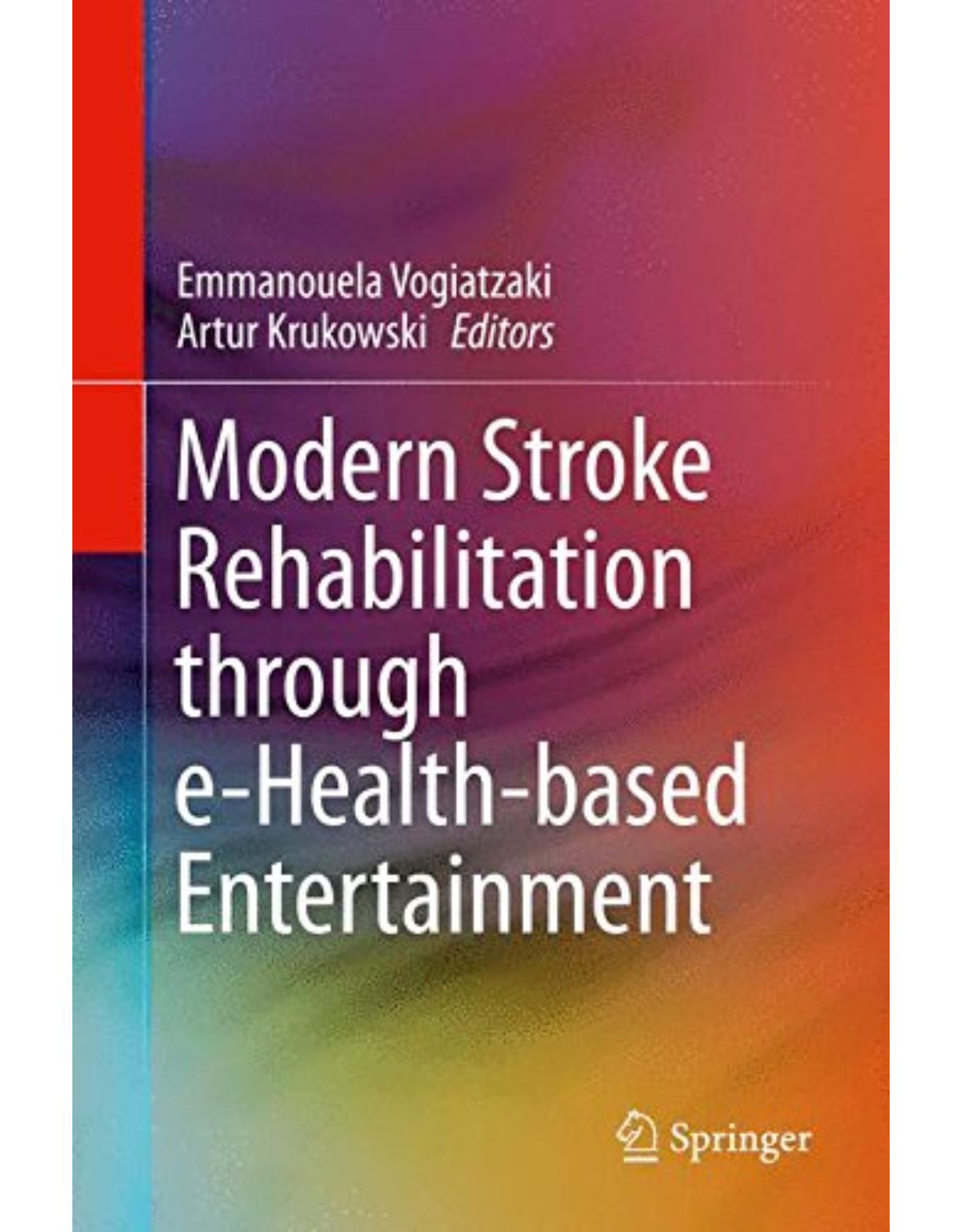
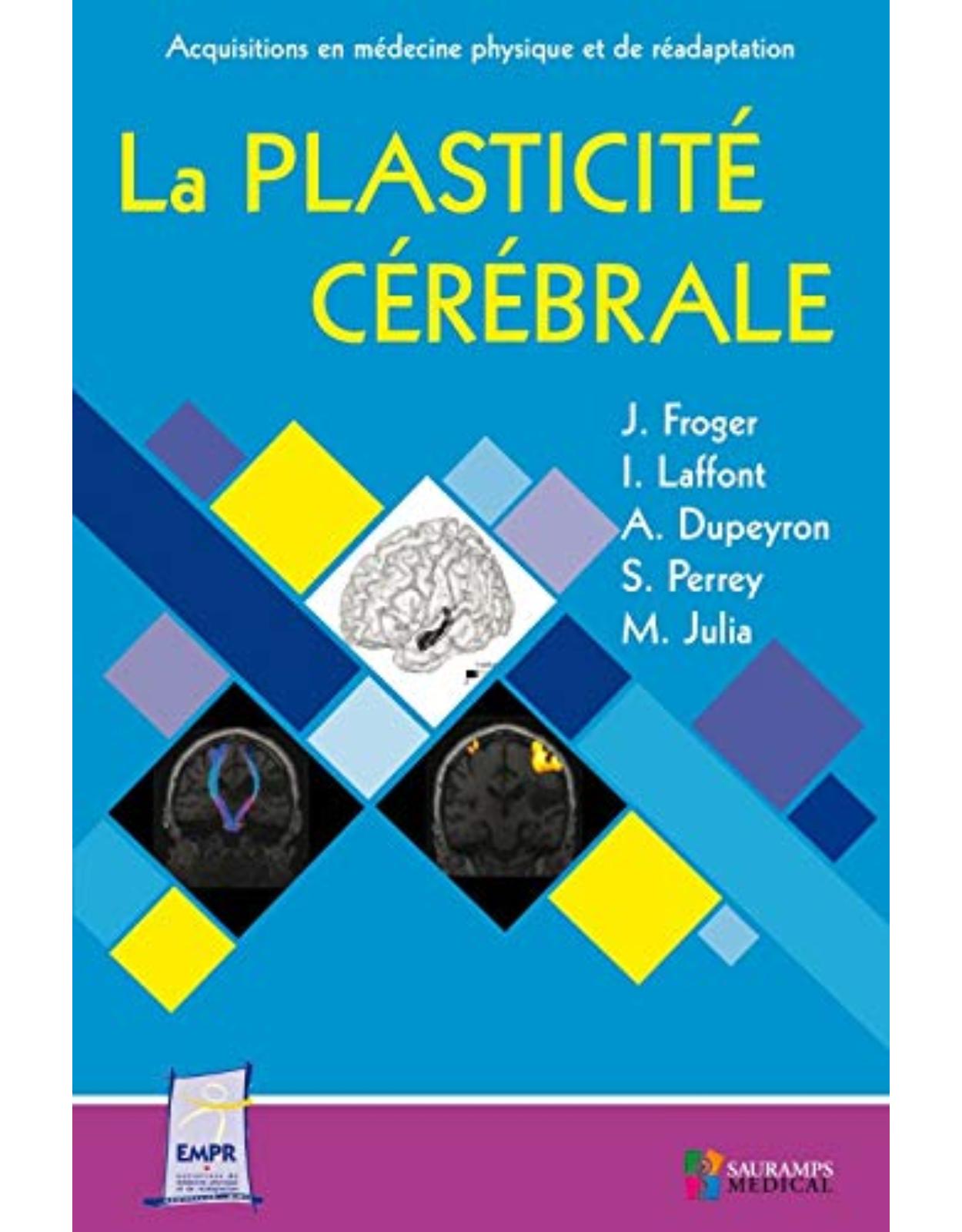
Clientii ebookshop.ro nu au adaugat inca opinii pentru acest produs. Fii primul care adauga o parere, folosind formularul de mai jos.